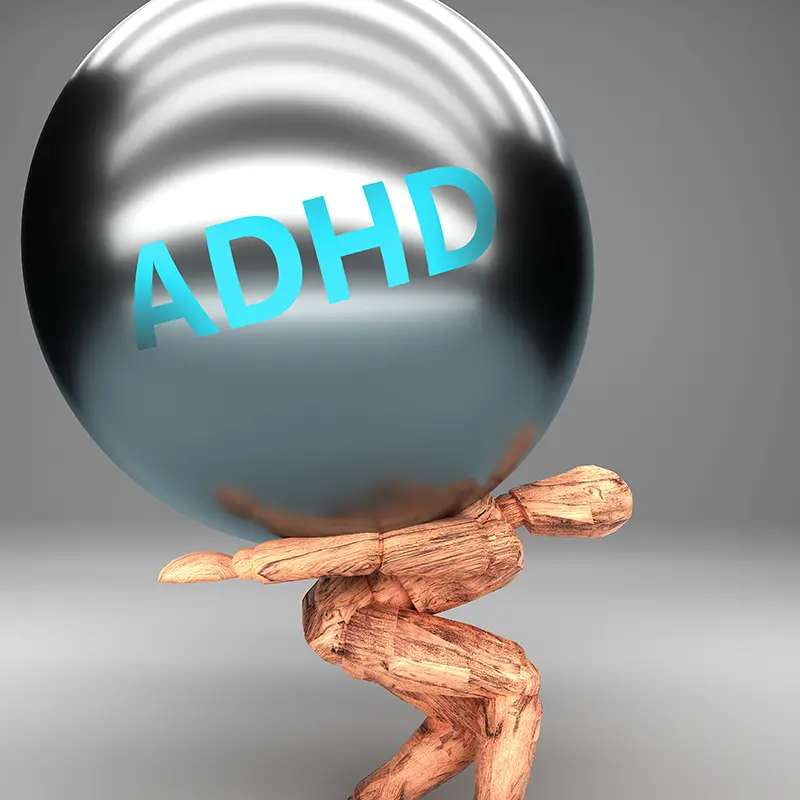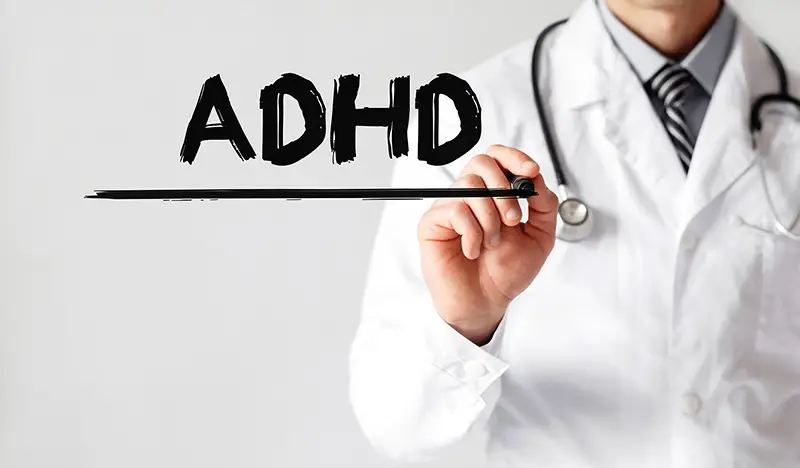Click here to get this post in PDF
Attention deficit hyperactivity disorder, or simply ADHD, is a chronic mental disorder. It’s usually associated with impulsivity, difficulty paying attention, frequent procrastinating or remaining focused, and hyperactivity. While this condition mostly affects children in their early school years and preschool, some adults have also been diagnosed with it. The severity of this condition might lead to difficulty carrying out normal duties even while taking medication.
Persons with ADHD usually experience long-term consequences in their workplace or school when interacting with others. With that said, let’s dive deeper to understand better useful details about this condition if you’re an employee with ADHD. Knowing this will be vital in empowering you even further to ensure you still are productive at work.
Before going any further, is ADHD is a disability? Yes, ADHD is indeed a disability, as stated by the Americans with Disabilities Act (ADA), a body established back in 1990 to offer equal employment opportunities to persons with disabilities and put an end to workplace discrimination.
However, getting diagnosed with a mental illness or mental condition doesn’t automatically qualify a worker for protection. Instead, certain thresholds must be met, including;
- The condition must lead to considerable limitation or impact in an important life duty or activity.
- The applicant must have a record showing proof of being considered to be disabled.
- The candidate should capably be able to carry out important job duties with or without adjustments to qualify.
What Are The Symptoms Of ADHD In The Workplace?
Adults who have ADHD often exhibit several symptoms that impact their overall productivity, and these include:
- Chronic issues with self-esteem
- Low tolerance of frustration and boredom, thereby constantly searching for high stimulation
- Mood instability and cognitive or physical restlessness
- Lack of awareness of their behavior and how it impacts everyone in the workplace
- An inclination to worry endlessly and unnecessarily
- Difficulty with time management, getting organized, finishing tasks, and managing money
- Unpredictable mental focus and chronic procrastination
- Not reaching their true potential
All these symptoms can greatly inhibit how well such individuals get to perform their assigned duties at work. This is because as an employee, they’re expected to have great organization skills, speed, and attention to detail. Thus, such persons should have short-term disability insurance to cover the financial expenses whenever they can’t work as expected by their employers.
Tips To Manage ADHD In The Workplace
It’s no doubt clear that remaining completely focused and working with the desired speed might prove challenging for employees with ADHD. Nonetheless, there are certain useful tips that individuals with ADHD can employ to make them more productive, including;
1. Dealing With Distractions
The office setting is typically fast-paced, noisy, and busy. However, this isn’t the ideal surrounding for a person with ADHD as they have a hard time keeping out these distractions and focusing on their work. This is even worse with technology, making such employees distracted even further with constant text messages, phone calls, and emails. The combination of all these leads to a drastic fall in their efficiency and productivity.
Fortunately, there are some useful tips such persons can employ to reduce these distractions, such as;
- Wearing headsets while working to keep out the background noise
- Requesting to move your work station to an area with less back and forth movement
- Closing the door to keep out distractions if you’ve got an office
- Reducing clutter on your desk
- Switching off text messages and email notifications
2. Prioritize Your Duties
Adults with ADHD have difficulty controlling their impulses; hence, they keep moving from one project to another. Because of this, completing large and complicated projects becomes quite overwhelming. There are different ways you can go about doing this, including;
- Handling one task at a time: This involves breaking down a big project into smaller and more manageable steps to avoid feeling overburdened.
- Knowing what you’ll tack first: You need to identify the essential task that should be handled first and arrange other priorities accordingly after that.
3. Avoid Multitasking
Remaining focused during work hours is essential to ensure work is completed on time. However, this can’t be achieved if you’re multitasking. This is because rather than concentrating on one task, your mind gets preoccupied with other tasks. Due to this, none of the tasks being done is completed.
If you have ADHD, this is a habit you need to quit altogether as it results in you spending more time working. This means you don’t have as much time as you’d want to relax and have fun, which increases your stress level.
Takeaway
Attention Deficit Hyperactivity Disorder is an actual disability that can greatly affect your productivity in the workplace. This article discussed important details you need to know about ADHD from its symptoms to how to best manage it, thereby ensuring optimum efficiency while at work.
You may also like:
Spotting the Signs: How to Recognise Adult ADHD in the Workplace and Why Assessment Matters
How Incremental Health and Safety Improvements can Increase Productivity
Image source: stock.adobe.com


